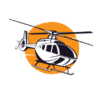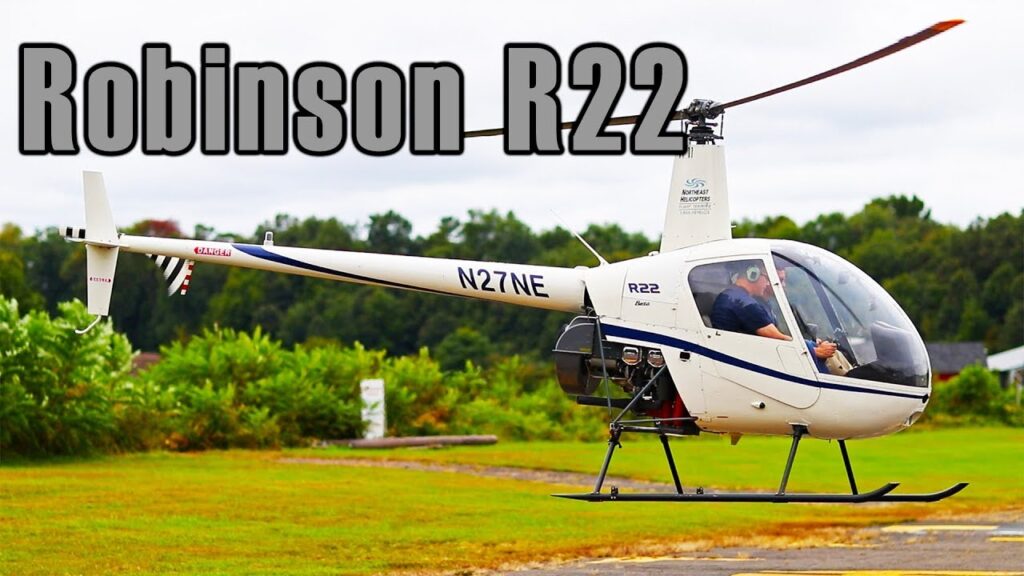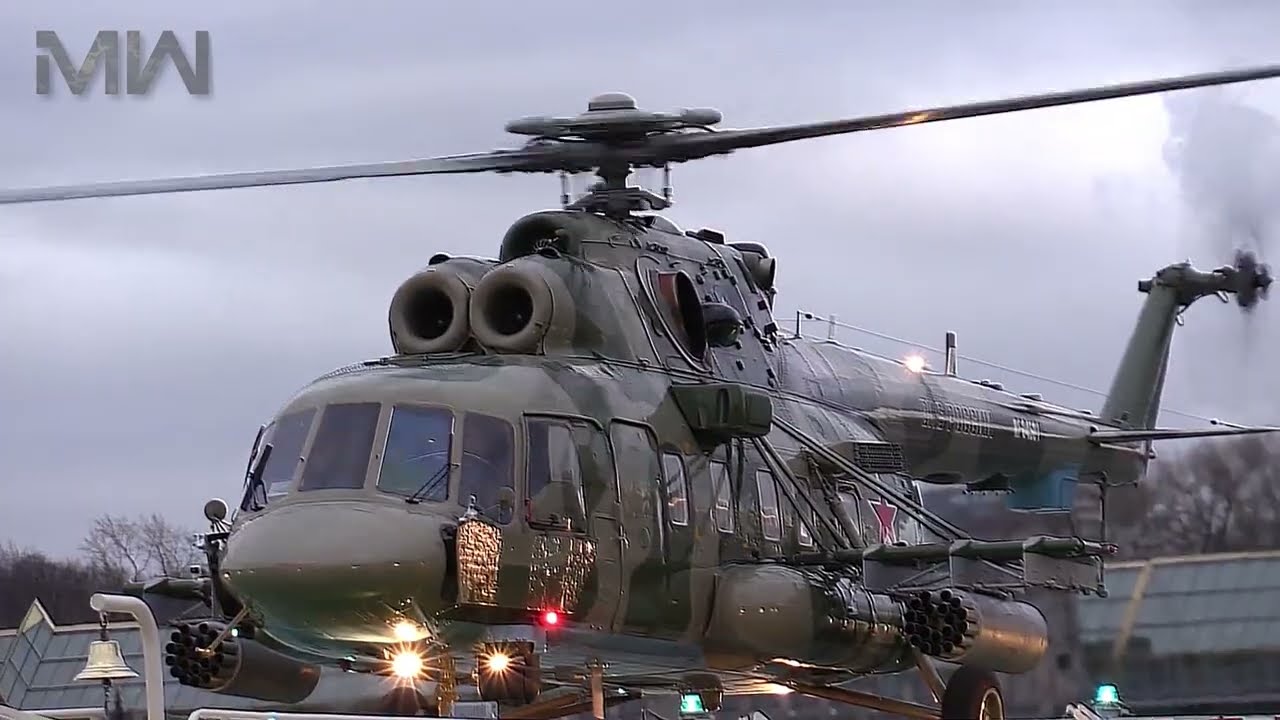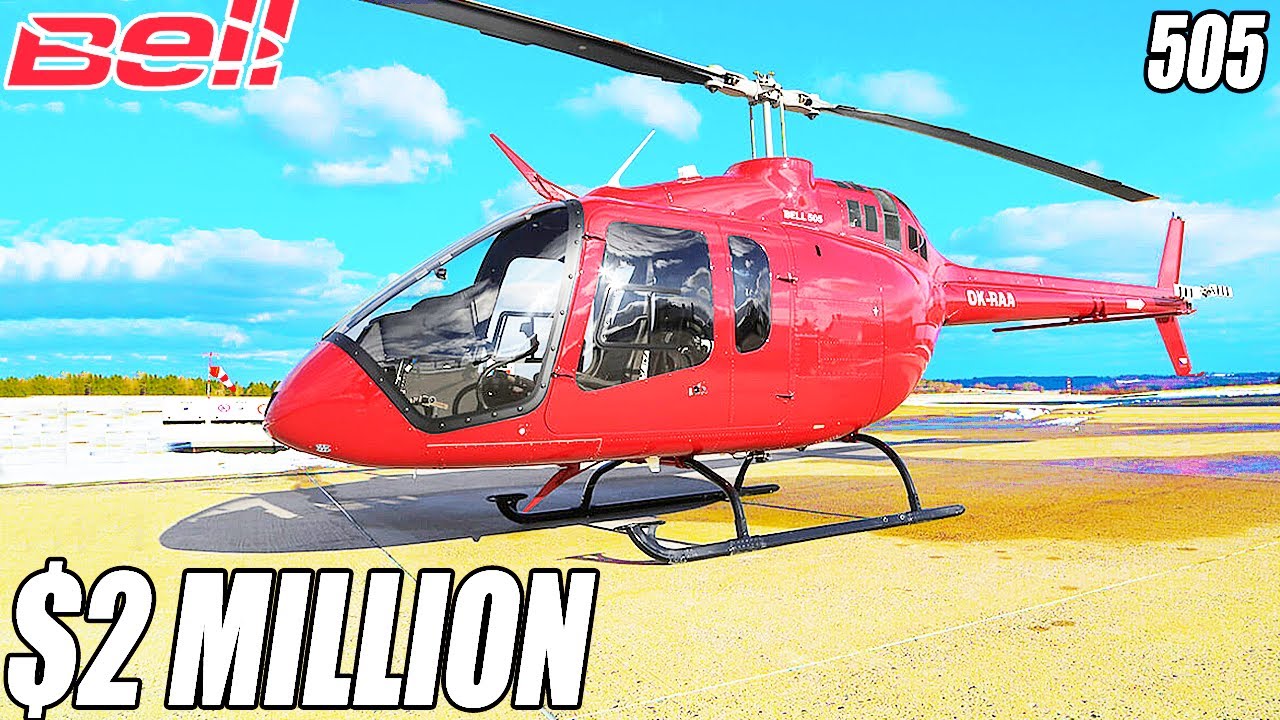Overview of the Robinson R22 Helicopter
The Robinson R22 is a lightweight, two-seat helicopter that has become a staple in the aviation industry, particularly for training and personal use. Manufactured by Robinson Helicopter Company, the R22 made its debut in the late 1970s and quickly gained popularity due to its affordability and reliability. This helicopter is powered by a Lycoming O-320 engine, which provides it with a commendable balance of power and efficiency. Its compact size and agile performance make it an ideal choice for flight schools and private owners alike.
Designed with simplicity in mind, the R22 features a conventional two-blade rotor system and a T-bar cyclic control, which makes it easier for beginners to learn the basics of helicopter flight. The helicopter’s lightweight design not only contributes to its impressive fuel efficiency but also allows for a maximum cruise speed of approximately 110 mph. The R22’s agility and maneuverability are enhanced by its low inertia rotor system, making it highly responsive to pilot inputs. These characteristics have made the R22 a preferred choice for initial helicopter pilot training around the world.
In addition to its use in flight training, the Robinson R22 is also popular among private owners due to its relatively low operating costs. The helicopter’s straightforward design and robust engineering ensure minimal maintenance requirements, which further reduces the overall cost of ownership. The R22 can be used for a variety of applications beyond training, such as aerial photography, livestock mustering, and light utility work. With its proven track record of reliability and performance, the Robinson R22 continues to be a versatile and economical option for both new and experienced helicopter pilots.
Technical Specifications of the Robinson R22
The Robinson R22 is a highly regarded light utility helicopter, known for its efficiency and reliability. Designed with precision, this aircraft features a two-blade rotor system, which significantly enhances its aerodynamic performance. The main rotor diameter is approximately 25 feet 2 inches (7.68 meters), providing excellent lift and stability. This helicopter is powered by a Lycoming O-360-J2A engine, a four-cylinder, horizontally opposed, air-cooled engine that delivers a maximum power output of 131 horsepower at 2,700 RPM. This robust engine ensures that the R22 operates efficiently, making it a popular choice for flight training and personal use.
In terms of dimensions, the Robinson R22 has a compact yet functional design. The overall length of the helicopter is 28 feet 8 inches (8.74 meters), and it stands at a height of 8 feet 11 inches (2.72 meters). This size makes it highly maneuverable, even in confined spaces. The cabin width is 3 feet 8 inches (1.12 meters), offering sufficient space for two occupants. The helicopter’s empty weight is approximately 880 pounds (400 kilograms), with a maximum gross weight of 1,370 pounds (622 kilograms). This weight capacity allows for a useful load of around 490 pounds (222 kilograms), accommodating both passengers and additional cargo comfortably.
The performance specifications of the Robinson R22 are equally impressive. It boasts a maximum cruise speed of approximately 96 knots (110 mph or 177 km/h) and a range of about 240 nautical miles (276 miles or 444 kilometers) with standard fuel tanks. The service ceiling, or maximum altitude, is 14,000 feet (4,267 meters), which is quite significant for a helicopter of its class. Additionally, the R22 has a rate of climb of about 1,000 feet per minute (5.1 meters per second), demonstrating its agility and responsiveness. These performance characteristics make the R22 an ideal choice for a variety of applications, from training to aerial photography and observation missions.
Why Choose the Robinson R22 for Flight Training?
The Robinson R22 is a popular choice for flight training due to its affordability and efficiency. As a two-seat, lightweight helicopter, the R22 offers an economical solution for aspiring pilots. Its low operating costs and fuel efficiency make it an attractive option for flight schools and individual learners alike. The aircraft’s simple design and ease of maintenance further contribute to its cost-effectiveness, allowing students to focus on mastering their flying skills without worrying about excessive expenses.
In addition to its affordability, the Robinson R22 is renowned for its maneuverability and reliability. Its responsive controls and compact size make it an excellent platform for teaching fundamental helicopter flight skills. Trainees can develop a strong foundation in handling and precision, which are critical in real-world flying scenarios. The R22’s reputation for reliability also means that students can spend more time in the air and less time dealing with mechanical issues, ensuring a smoother learning experience.
The R22’s user-friendly cockpit is another reason it is favored in flight training. Designed with simplicity in mind, the cockpit layout is intuitive, allowing students to quickly familiarize themselves with the controls and instrumentation. This straightforward design not only aids in learning but also builds confidence in new pilots as they progress through their training. Additionally, the R22’s ability to perform basic aerobatic maneuvers provides a comprehensive learning environment, preparing students for a wide range of flight situations.
Maintenance and Safety Features of the Robinson R22
The Robinson R22 helicopter is renowned for its simplicity and reliability, primarily due to its meticulous maintenance requirements and robust safety features. Regular maintenance is crucial for the R22, as it ensures the helicopter remains in optimal working condition, thus enhancing its longevity and performance. The R22 is subject to a comprehensive maintenance schedule, which includes routine inspections every 100 hours of flight time or annually, whichever comes first. This rigorous schedule is designed to identify and rectify potential issues before they can impact the aircraft’s operation, ensuring the safety of both pilot and passengers.
A standout feature in the R22’s maintenance protocol is the mandatory overhaul at 2,200 hours of flight time. This overhaul is a critical aspect of the helicopter’s maintenance program, involving a complete disassembly and inspection of the aircraft. Parts that are worn out or approaching their life limits are replaced, and components are tested to ensure they meet the stringent safety standards set by Robinson. This thorough process not only assures the airworthiness of the R22 but also contributes to its reputation as a reliable and safe helicopter for training and light utility missions.
In terms of safety features, the Robinson R22 is equipped with several systems designed to protect occupants and enhance the overall flying experience. The helicopter includes a rotor brake, which is essential for safely stopping the rotor blades after engine shutdown, reducing the risk of rotor overspeed. Furthermore, the R22 is designed with a low-inertia rotor system, which, although requiring precise handling, allows for quick responses during autorotation, a vital skill in emergency situations. Additionally, the helicopter is equipped with a governor to maintain engine RPM, reducing pilot workload and ensuring stable flight operations. These features collectively ensure that the R22 meets high safety standards, providing peace of mind to operators and passengers alike.
The Robinson R22 in Commercial and Private Use
The Robinson R22 helicopter is a versatile aircraft widely utilized in both commercial and private sectors due to its cost-effectiveness and reliability. Known for its lightweight design and exceptional maneuverability, the R22 is a popular choice for flight training schools. Its compact size and efficient fuel consumption make it an ideal aircraft for student pilots, offering a practical and economical solution for flight instruction. Additionally, the R22’s simple yet robust construction ensures low maintenance costs, further enhancing its appeal in the commercial aviation industry.
In the realm of commercial applications, the R22 serves a multitude of roles beyond pilot training. It is frequently employed in aerial photography, surveying, and agricultural operations. Its agility and ability to hover steadily make it perfect for capturing high-quality images and data from above. The R22’s affordability allows small businesses and startups to leverage helicopter services without the financial burden associated with larger aircraft. Its versatility is further highlighted by its use in power line inspections and livestock mustering, where precision and cost-efficiency are paramount.
For private use, the Robinson R22 stands out as a preferred choice among aviation enthusiasts and hobbyists. Its manageable size and user-friendly controls make it accessible for personal flying adventures. Owners appreciate the freedom and flexibility the R22 offers, whether exploring remote landscapes or simply enjoying a leisurely flight. The helicopter’s design allows for straightforward handling, making it an excellent option for those new to helicopter piloting. Additionally, its relatively low purchase price compared to other helicopters makes it an attractive option for private owners seeking the thrill of flying without breaking the bank.



